Anti-SARS-CoV-2 Activity of Flavonols and Their Glycosylated Derivatives
Anti-SARS-CoV-2 Activity of Flavonols and Their Glycosylated Derivatives
Anti-SARS-CoV-2 Activity of Flavonols and Their Glycosylated Derivatives

Anti-SARS-CoV-2 Activity of Flavonols and Their Glycosylated Derivatives
BySalar Hafez Ghoran, Fatemeh Taktaz, Pouya Alipour, Mojtaba Ghobadi, Seyedeh Elham Faghih-Shirazi, Alireza Zali, Seyed Abdulmajid Ayatollahi
Edition 1st Edition
First Published 2024
Imprint CRC Press
Pages 22
eBook ISBN 9781003433200
Flavonols and their glycosylated derivatives are the most well-known types of flavonoids recognized by the 3-OH moiety at their C ring. They are widely reported in plant families (i.e., Asteraceae, Apiaceae, Brassicaceae, Fabaceae, Rosaceae, Rutaceae, Solanaceae, Theaceae, and Vitaceae). These secondary metabolites are able to inhibit viral infections caused by certain viruses, including the recent coronavirus (SARS-CoV-2) leading to COVID-19. For example, quercetin, myricetin, and rutin can inhibit viral replication by targeting vital proteins and enzymes in the SARS-CoV-2 virus, such as spike protein, enzymes like cysteine proteases (chymotrypsin- and papain-like proteases; 3CLpro and PLpro), RNA-dependent RNA polymerase (RdRp), and replicase. Due to the enzyme inhibitions and disturbances in the interaction of the viral spike protein with the host angiotensin-converting enzyme 2 (ACE2) receptor, the viral entry and replication processes will be destabilized by flavonol treatment. However, it is worth noting that these findings are based on experimental studies and taking steps into preclinical and clinical trials. While some preliminary experimental and clinical studies have delineated that flavonols may have antiviral potency toward SARS-CoV-2, more research is needed to determine their mechanism of action. Most significantly, taking doses of flavonols like kaempferol, quercetin, myricetin, and rutin, especially in supplement form, can serve fruitful advantages due to their anti-inflammatory and immunomodulatory effects. By the way, the most simple and effective way to avoid infection is to follow public health guidelines, such as getting vaccinated. In this chapter, we will provide ongoing knowledge on flavonols and their glycosylated derivatives against SARS-CoV-2. Furthermore, the inhibitory activity of flavonols in different conditions, such as in vitro, in silico, and clinical, and their synergetic activity will be discussed in some cases


